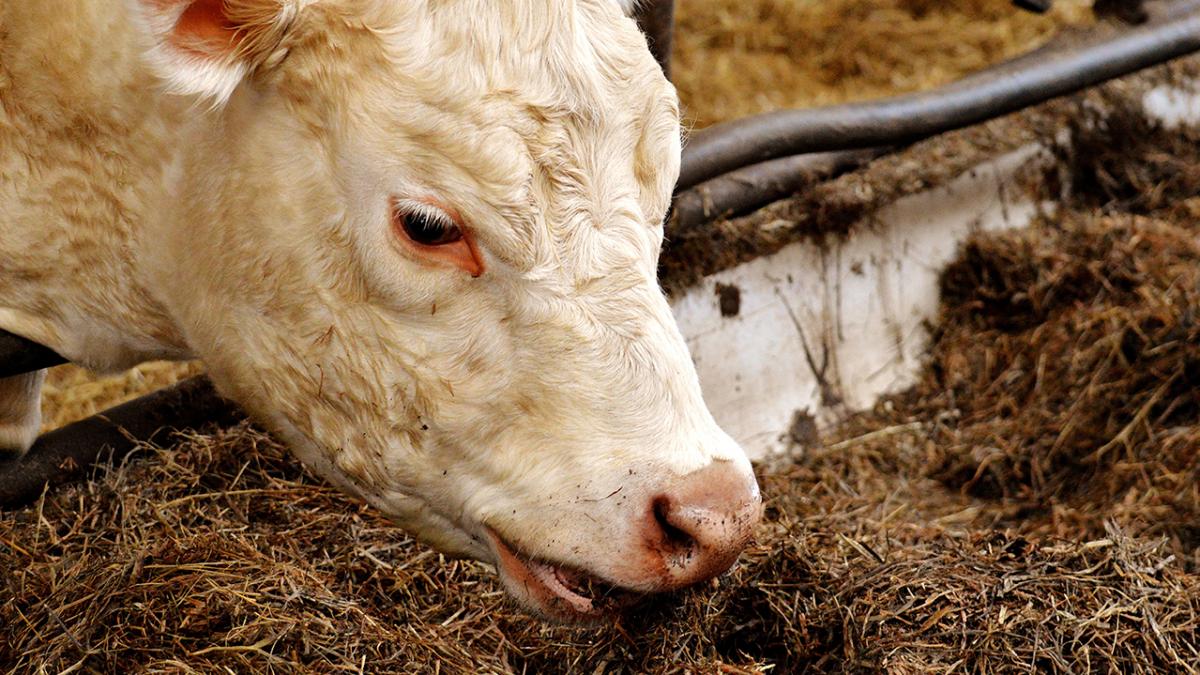This excerpt is from the July 21, 2021 Cornhusker Economics publication.
Market uncertainties pose a significant risk to cattle producers, who have a substantial amount of money invested in breeding livestock, land, and other infrastructure. Livestock Risk Protection (LRP) insurance became available in the early 2000’s from the USDA Risk Management Agency to provide cattle and swine producers with a simple price risk management tool to protect against unexpected down swings in the national market price. LRP is a single-peril insurance product that provides an indemnity to insured producers if a national price index falls below a selected coverage price on the end date of the policy. LRP insurance functions like a put option in that it creates a floor on the national selling price at a future point in time while still allowing the producer to benefit from price increases.
After remaining relatively unchanged since inception, several enhancements and improvements to the LRP insurance program for cattle have taken place over the last three years. They include:
- Increasing subsidy levels for all coverage prices (see Table 1).
- Changing the premium due date to the end of the coverage period rather than the beginning.
- Increasing the number of head of cattle that can be insured per endorsement and per year from 1,000 head and 2,000 head, respectfully, to 6,000 head and 12,000 head, respectfully.
- Expanding the window before the end of the endorsement period to make cash sales without affecting coverage from 30 days to 60 days.
- Creating a new unborn feeder cattle type to allow for unborn calves to be insured.
- Updating Chicago Mercantile Exchange (CME) trading requirements to allow for more insurance coverage levels and endorsement lengths to be offered to producers.
| Subsidy Level by Year | ||||
|---|---|---|---|---|
| Coverage Price | 2003 | 2019 | May-2020 | Sep-2020 (Current) |
| 95-100% | 13% | 20% | 25% | 35% |
| 90-94.99% | 13% | 25% | 30% | 40% |
| 85-89.99% | 13% | 30% | 35% | 45% |
| 80-84.99% | 13% | 30% | 35% | 50% |
| 75-79.99% | 13% | 35% | 45% | 55% |
| 70-74.99% | 13% | 35% | 45% | 55% |
With the recent changes, producer participation in the LRP insurance program in Nebraska has increased dramatically. LRP insurance for cattle is available in five different forms: LRP-Feeder Cattle Steers Weight 1 (< 600 pounds); LRP-Feeder Cattle Heifers Weight 1 (< 600 pounds); LRP-Feeder Cattle Steers Weight 2 (600-900 pounds); LRP-Feeder Cattle Heifers Weight 2 (600-900 pounds); and, LRP-Fed Cattle Steers & Heifers (> 900 pounds). Table 2 contains sales and indemnity data for LRP-Feeder Cattle insurance in Nebraska since it was first offered in 2003. Sales of LRP-Feeder Cattle for the 2021 crop year (July 1, 2020 through June 30, 2021) included a record high number of policies sold, quantity of head insured, dollars of liabilities covered, total premium dollars, and subsidy dollars. Most of the coverage ending dates are yet to be reached for 2021 policies so indemnity figures are incomplete.
Read Full Article on Cornhusker Economics